776343
DNTPD
99%
Synonym(s):
N4,N4′-Bis[4-[bis(3-methylphenyl)amino]phenyl]-N4,N4′-diphenyl-[1,1′-biphenyl]-4,4′-diamine, [1,1′-Biphenyl]-4,4′-diamine, N,N′-bis[4-[bis(3-methylphenyl)amino]phenyl]-N,N′-diphenyl-
About This Item
Recommended Products
Assay
99%
form
powder
mp
105-112 °C
λmax
326 nm in THF
SMILES string
Cc1cccc(c1)N(c2ccc(cc2)N(c3ccccc3)c4ccc(cc4)-c5ccc(cc5)N(c6ccccc6)c7ccc(cc7)N(c8cccc(C)c8)c9cccc(C)c9)c%10cccc(C)c%10
InChI
1S/C64H54N4/c1-47-15-11-23-61(43-47)67(62-24-12-16-48(2)44-62)59-39-35-57(36-40-59)65(53-19-7-5-8-20-53)55-31-27-51(28-32-55)52-29-33-56(34-30-52)66(54-21-9-6-10-22-54)58-37-41-60(42-38-58)68(63-25-13-17-49(3)45-63)64-26-14-18-50(4)46-64/h5-46H,1-4H3
InChI key
SPDPTFAJSFKAMT-UHFFFAOYSA-N
General description
Application
Signal Word
Warning
Hazard Statements
Precautionary Statements
Hazard Classifications
Eye Irrit. 2 - Skin Irrit. 2 - STOT SE 3
Target Organs
Respiratory system
Storage Class Code
11 - Combustible Solids
WGK
WGK 3
Flash Point(F)
Not applicable
Flash Point(C)
Not applicable
Choose from one of the most recent versions:
Certificates of Analysis (COA)
Don't see the Right Version?
If you require a particular version, you can look up a specific certificate by the Lot or Batch number.
Already Own This Product?
Find documentation for the products that you have recently purchased in the Document Library.
Articles
Organic Light-emitting Diodes (OLEDs) are solid-state devices that transform electrical energy into light. OLEDs are considered the next generation technology for high-resolution flexible displays and solid state lighting, attracting intense scientific and industrial interest.
Our team of scientists has experience in all areas of research including Life Science, Material Science, Chemical Synthesis, Chromatography, Analytical and many others.
Contact Technical Service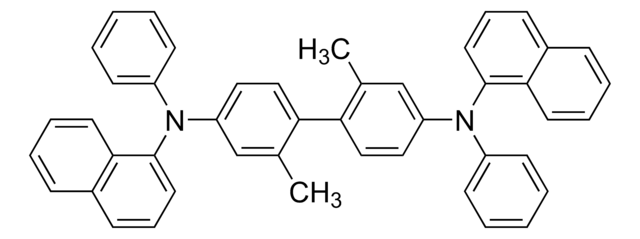

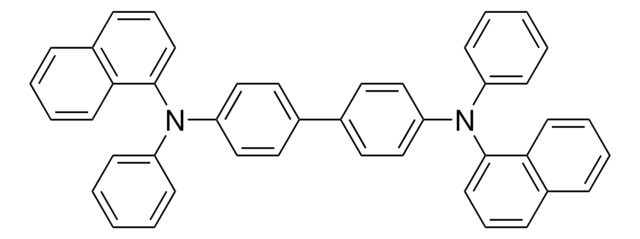
![Di-[4-(N,N-di-p-tolyl-amino)-phenyl]cyclohexane ≥97% (HPLC)](/deepweb/assets/sigmaaldrich/product/structures/111/787/16bde1ce-c76d-46d6-9e1f-9ce09f82d038/640/16bde1ce-c76d-46d6-9e1f-9ce09f82d038.png)
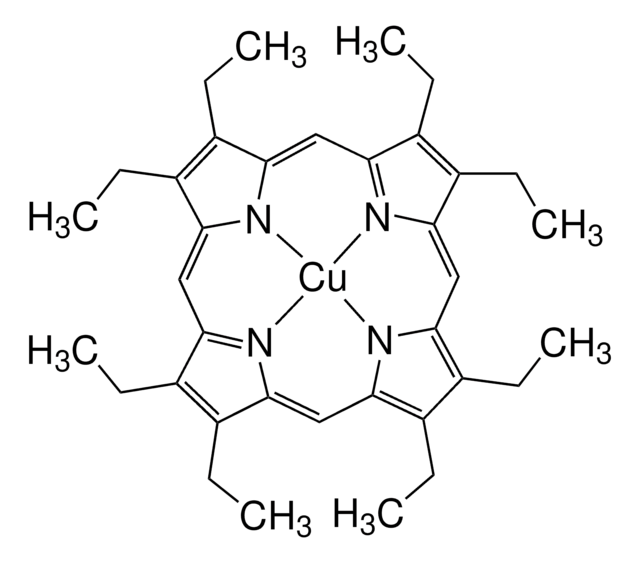
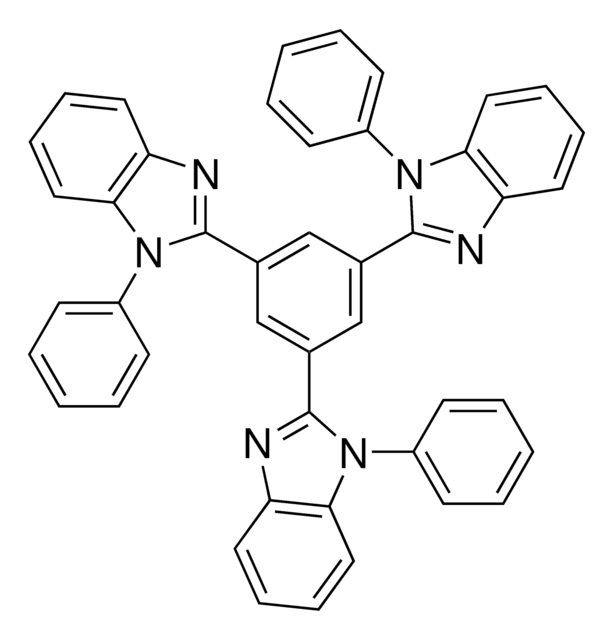
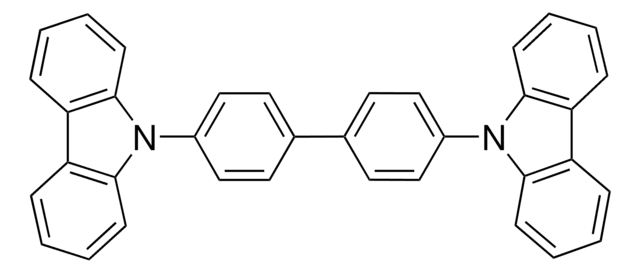
![(R)-N-Boc-1-oxa-4-azaspiro[4.5]decane-3-carboxaldehyde 95%](/deepweb/assets/sigmaaldrich/product/structures/335/508/9a164f16-c2cc-4f36-8be6-3ef4230ddb41/640/9a164f16-c2cc-4f36-8be6-3ef4230ddb41.png)
